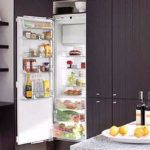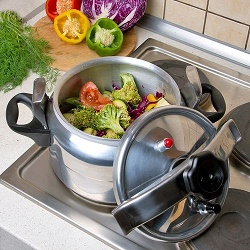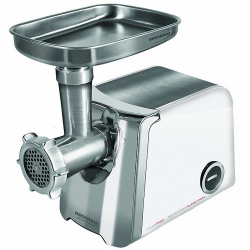What does the climate class of the refrigerator mean?
Many people ask: what is the climate class of a refrigerator? The refrigerator ensures the safety of products. Therefore, the choice must be approached with all responsibility. Should take into account many parameters. Many carefully examine the model they like, study its power and volume, but completely forget to pay attention to the climate class. But his, along with the other qualities must be considered not least.
What it is
The weather is becoming more capricious. It is necessary to face either the sultry heat, or the severe frosts. It is such changes in temperature and weather conditions that often cause damage to the refrigerator.
The climate class is an indicator that tells the owner at what particular room temperature this unit can work. Knowing it, you can create the most comfortable working conditions for the selected model.
It should be clarified that if your unit broke down and it was found that it was used in inappropriate climate conditions, warranty repair will be denied. In addition, the service life of the equipment in such circumstances will not be long.
Indicated climate class letters. It is indicated on the back of the refrigerator or in the instructions for use.
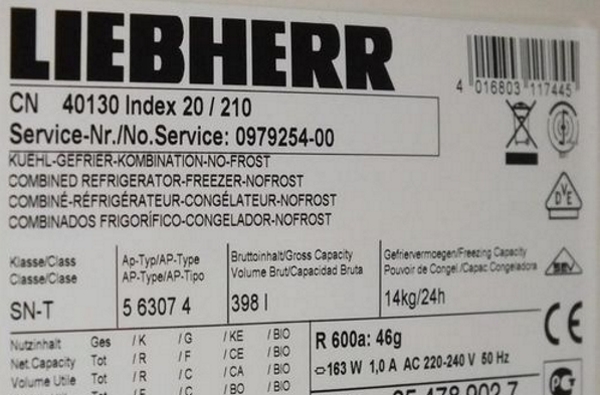
When a unit is manufactured, a specific compressor is initially installed in it. Its main task is to maintain the difference between the temperature of the room in which the refrigerator is located and the temperature of the appliance itself. However, the compressor can do this only in a strictly specified range.
Therefore, when choosing a new model, it is necessary to take into account its climate class, so that the products remain fresh, and she herself is working properly.
What are the climate classes
To understand all the differences between them, you should learn more about each:
- Normal (N). Its temperature range is 16-32 degrees. It is a universal climate class.But residents of regions in which in summer the temperature rises above 32 degrees should use the refrigerator only in a conditioned room. It is not intended for use in cold rooms, that is, there must be heating in the winter.
- Subnormal (SN). Its temperature range is from 10 to 32 degrees. Refrigerators with this designation are suitable for use where heating is unstable. For example, cold corridors, utility rooms, basements and so on. If the temperature drops below the comfort, the unit will withstand and continue to function.
- Subtropical (ST). The temperature range is 18-38 degrees. It is recommended to use in regions where the temperature exceeds 32 degrees in the summer. As a rule, such refrigerators are used by residents of the southern regions.
- Tropical (T). Its temperature range is from 18 to 43 degrees. This class allows the refrigerator to work normally even in the most unbearable heat. This may relate to the climatic features of the area, as well as to the conditions of the room when there is no air conditioning, the room is on the south side, and so on.
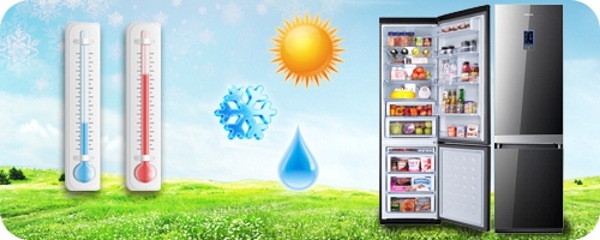
Knowing what each climate class represents, you can understand whether the chosen model is suitable for your room.
Which class to choose
It can be difficult to determine exactly which one is best for a particular region. After all, the difference between the two close classes is minimal. For example, N and SN have a single label “UHL”, which means moderately cold. The other two are marked with the letter “O”, which means general climate. There are also models that have an intermediate class with the designation SN-T, the temperature ranges from 10 to 43 degrees, and it is considered one of the most versatile.
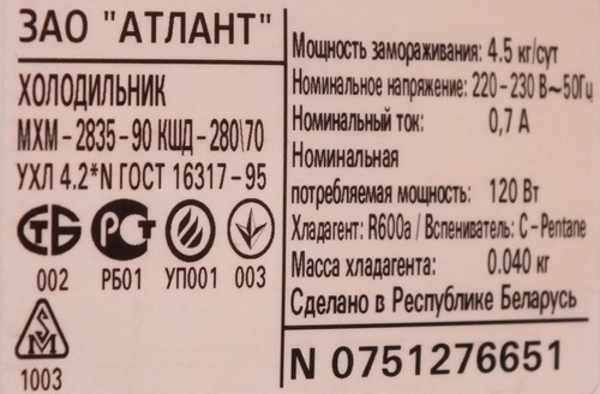
This indicator is reflected to some extent on the cost of the refrigerator. The price of the unit marked T or ST is slightly higher, because such models have to work at high temperatures. Therefore, they are equipped with more reliable insulation of freezers and refrigerators. Such refrigerators have motors and compressors more powerful, and their condensers have a larger area. Due to the fact that costs in the production of such refrigerators increase, this is reflected in their cost.
When choosing a good refrigerator and its climate class, you should take into account only the characteristics of the room in which it will be located.Those models that work well in apartments or houses, can not cope with the climatic load in a warehouse or basement.
Note that the climate class is also reflected in the amount of electricity that the unit will spend on its work.
If it was chosen correctly, you can even save on electricity. If you make a mistake with the choice, then because of the big difference in temperature outside and inside the refrigerator, the electricity will be spent much more, which will lead to rapid wear of the motor.
The indicator must be considered not only when buying refrigerators, but also freezers. The designation and their characteristics remain unchanged. Only the allowable temperature range will differ.

When buying should focus not only on the power of the unit, the appearance and design. An important factor is the climate class.
The service life of the equipment directly depends on the successful choice.
If you want the refrigerator to work not only efficiently, but also for a long time, you need to correctly determine the appropriate designation.
In addition, a properly selected class will save energy consumption, and the selected model will not break down due to the temperature difference in the room and inside the unit.Do not forget that warranty service will be provided only in the case of its proper operation. If the conditions of the room are not suitable for the selected class, the warranty will be void.

/rating_off.png)






